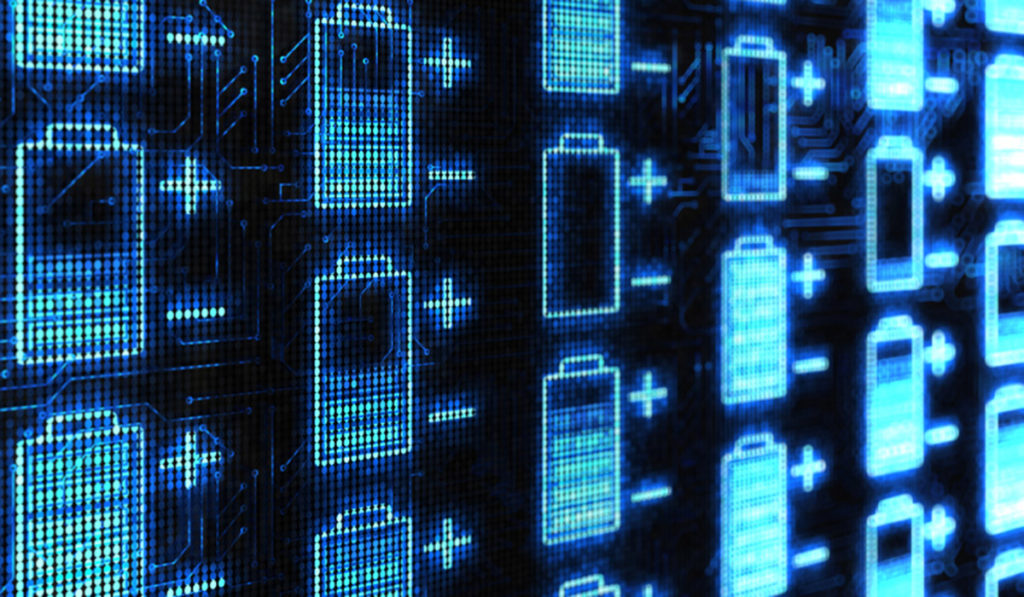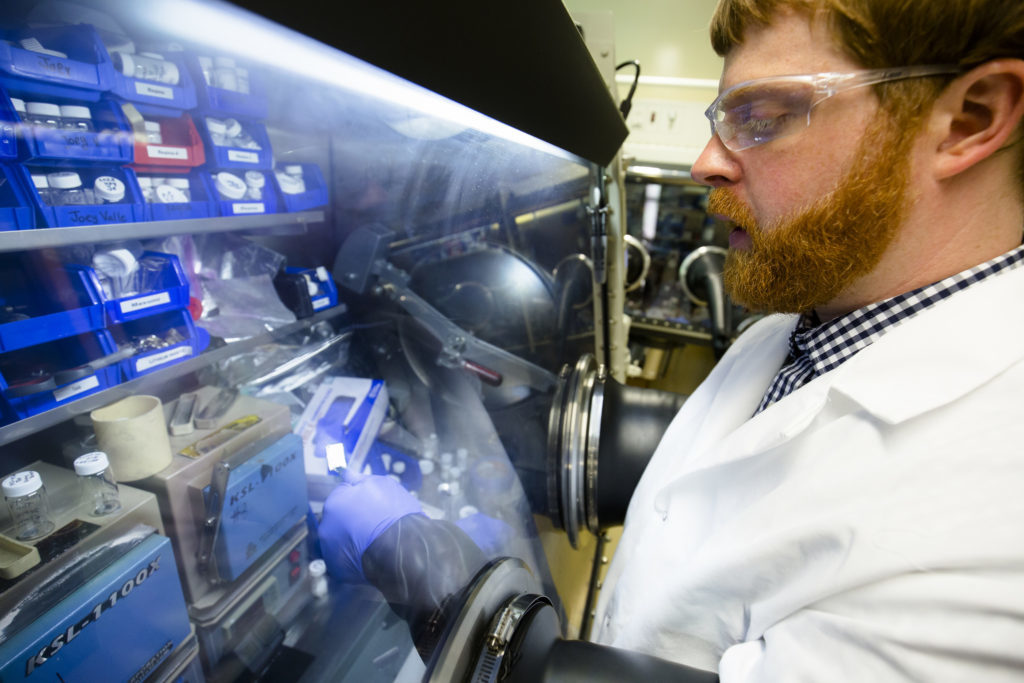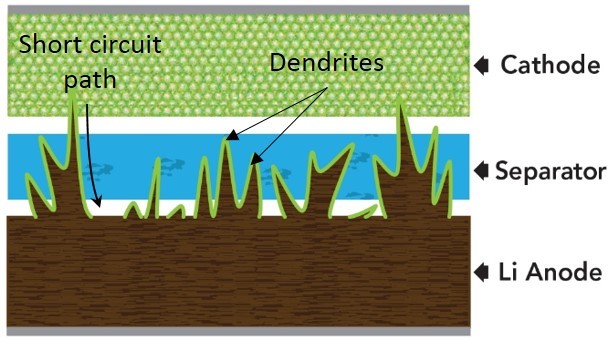A new era for Lithium Metal batteries

energyhunters.it
The storage sector is in continuous development. Not only new technologies but also new researches and studies to improve the commonly used technologies. A team of researchers from the University of Michigan is working on Lithium Metal battery. This new study allow the cells to double the output of today’s lithium ion cells without increasing the size of the battery.
The breakthrough is a ceramic solid-state electrolyte. The new solid electrolyte can solve the issue of high degradation rate and risk of fire due to the use of Lithium Metal batteries.
Lithium Metal cells

In the 1980s, rechargeable Lithium Metal batteries that used liquid electrolytes were considered a new breakthrough in the storage sector. However, the propensity to combust when charged led the researches to look for new technologies. The cause of the rick of fire was the presence of tree-like filaments called dendrites which form on the electrode surfaces. These structures easily lead to shorting the battery and igniting the flammable electrolyte. Conversely, in lithium-ion battery the problem was overcome thanks to graphite anodes instead of metal ones. However, the performance of the cells decreased.

The research
The researchers of the University of Michigan had the idea of covering the surface of the electrodes with a ceramic layer to avoid the development of dendrites. Thus, the deployment of the high energy density and high conductivity of Lithium Metal batteries is possible. For example, the common Lithium-ion battery have a energy density of 600 Wh/L whereas the solid electrolyte cells can reach 1200 Wh/L. The previous study on the solid electrolyte technology in Lithium Metal battery have managed to reduce but not avoid the creation of dendrites. The metallic surface is stabilized through a chemical and physical process up to 1800 Fahrenheit. Moreover, this process allows to increase the charge speed of ten times, similar to Lithium-ion battery. However, compared to Lithium-ion batteries, these new Lithium Metal cell seem to be less sensitive to the high number of charging and discharging cycles. Jeff Sakamoto, the leader of the team, states:
This could be a game-changer—a paradigm shift in how a battery operates
The results of this research can drastically extend ranges for batteries used in EVs and electronic devices.
